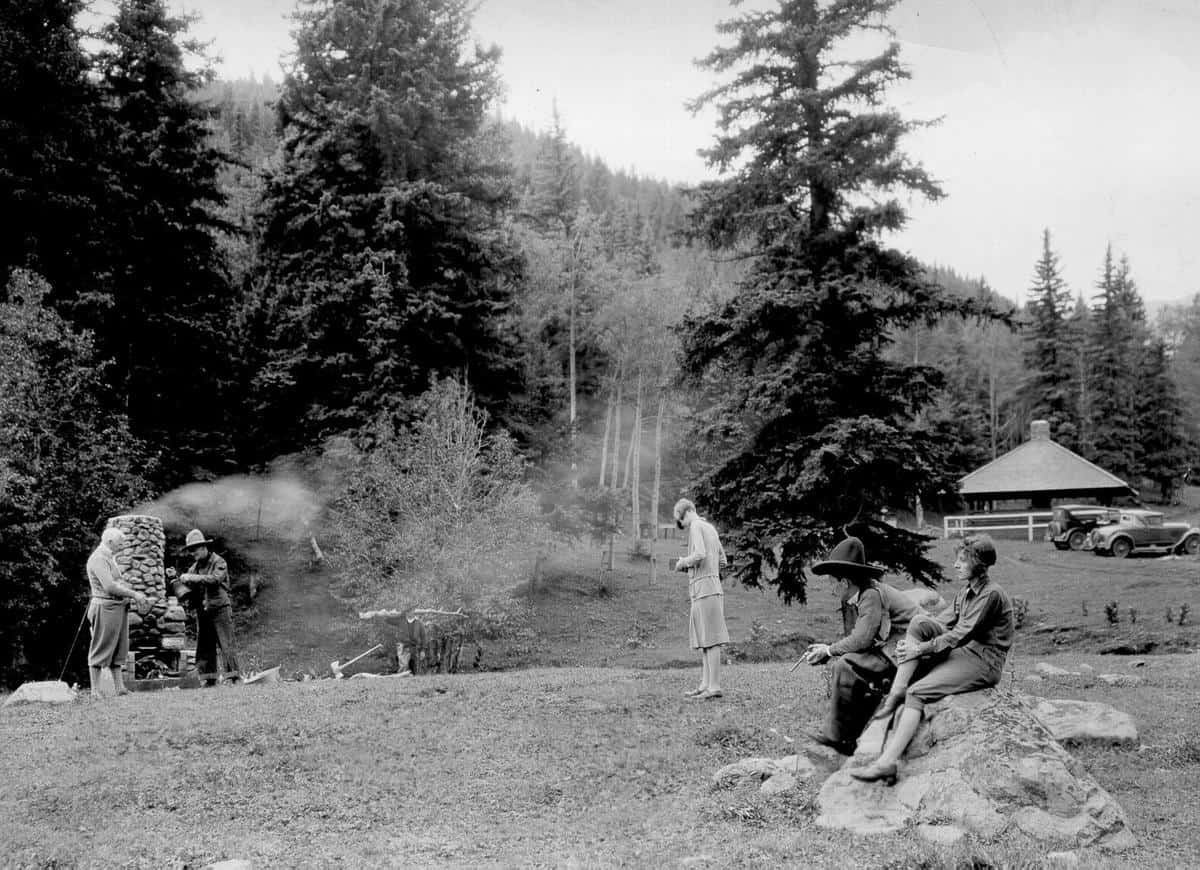
Here’s an interview with Ralph Swain, long-term Forest Service regional recreation specialist in the Colorado Springs Gazette.
And Swain can’t help but laugh now. Because of how obvious the answer became, yes. But also because he now knows there was a lesson from 100 years ago.
In 1920, Coloradans were still dying, though less frequently, from the flu that had taken the country by storm two years prior. Also in 1920, there was a young man by the name of Arthur Carhart who was in the final stages of developing a recreation site intended to meet the demands of new outdoor masses.
In the San Isabel National Forest west of Pueblo, there was to be a “health” camp, as Carhart tended to call it.
It would become an inspiration for Forest Service campgrounds everywhere.
This has been a recent point of research for Swain, a passionate, amateur historian. Carhart “would’ve anticipated it,” Swain says of today’s crowding in the woods. “He would’ve said, ‘Oh yeah, they’re gonna come, and they’re gonna come in droves.’”
As they had been from Pueblo during World War I, escaping the heat and troubles of civilization for the cool, refreshing wilds of the Wet Mountains.
It was a troubling time indeed. In 1914, before men left for the conflict in Europe, before they contracted the fast-spreading sickness in the trenches, they were reeling from labor wars close to home. Miners, women and children died in the Ludlow Massacre, the fallout of which reached a short distance north to John D. Rockefeller’s steel empire in Pueblo.
“As a result,” reads a paper prepared by and for the Forest Service, “the local community sought increased and safe access to the newly discovered benefits of hunting, fishing, and family gatherings on public lands.”
This, researchers have noted, was all part of demands for more leisure and higher pay and the kinds of safer, 40-hour workweeks that were being negotiated in cities nationwide, not just in Colorado’s second-largest metro, as Pueblo was then.
..
The Squirrel Creek concept included brief pull-offs for cars to reach “private” sites, along with picnic tables, water pumps, trash receptacles, fire grates and latrines.
“This new idea called ‘camping’ took off,” the Forest Service later recounted.
Squirrel Creek Canyon was added to the National Register of Historic Places in 2005. Though much was destroyed in a 1947 flood, remains of the old campground can still be found along the Squirrel Creek Canyon Trail, west of Pueblo Mountain Park and east of Davenport Campground. The canyon is about 5 miles north of Lake Isabel, the destination that Carhart also envisioned.
Largely lost around that old campground is a trail from Carhart’s day. Wingate hopes to revive it in the next couple of years, pending funds. “As a remembrance of what it was like,” he says.